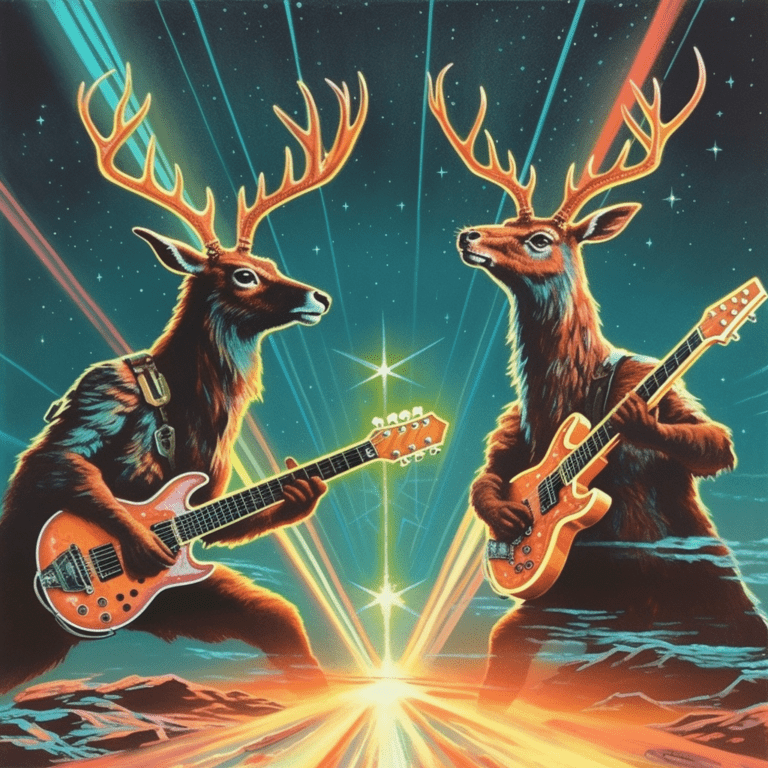Reverb
Have you ever wondered why some music sounds like it was recorded in a massive concert hall, while other tracks feel more intimate and close? Well, one of the key factors responsible for creating that sense of space and ambiance in music is a magical audio effect called “reverb.”
In simple terms, reverb is the sound reflections that occur when sound waves bounce off surfaces in a room or any enclosed space. Imagine you shout in a big empty hall – you not only hear your original shout, but you also hear the echoes of your voice bouncing back to you from the walls, ceiling, and floor. That’s reverb in action!
In the world of music, reverb is an essential tool used in recording studios and live performances to make the sound more interesting and captivating. It adds depth, warmth, and a sense of realism to an otherwise dry and flat audio recording. When a singer sings into a microphone, or a guitar is strummed, the sound waves travel through the air, and some of them reach nearby surfaces, bouncing back and mixing with the original sound. This creates a lush and immersive experience, as if the music is enveloping you in a sonic environment.
Reverb can be adjusted to suit the style and mood of the music. A long reverb, like the echoes in a grand cathedral, can make a song feel majestic and ethereal, perfect for epic ballads or classical music. On the other hand, a short reverb, like the ones you hear in a small cozy room, can give a more intimate and direct feeling, which works well for pop songs or rock tunes.
Musicians and producers can control the amount of reverb in a recording through various means. They can use dedicated hardware or software effects processors, called “reverb units,” to apply reverb to individual tracks or the whole mix. Moreover, some recording spaces are designed with special acoustic properties to naturally create a pleasant reverb, making it easier to achieve the desired sound during the recording process.
Reverb is a powerful tool that can enhance the overall listening experience by adding life and character to music. However, like any tool, it should be used with care. Overusing reverb can muddy the mix and make the music sound distant and unnatural. So, it’s essential to strike a balance and apply reverb judiciously to complement the song rather than overpowering it.

So what’s this site all about anyway?
Well, if you ever find yourself needing music for anything – a YouTube video, a podcast, a school project, a presentation, TV commercial or even a film – then browse, preview and download any of our tracks





